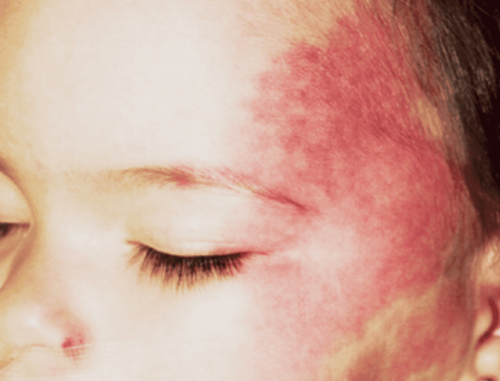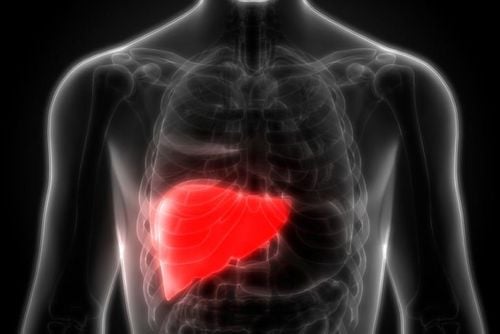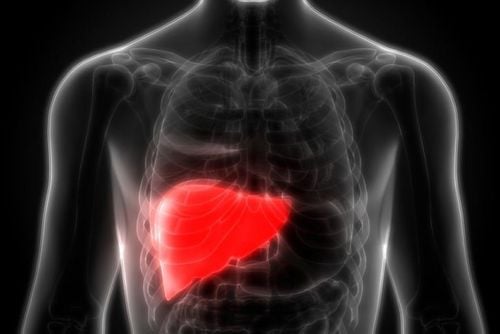This is an automatically translated article.
Congenital hemangioma is an overgrowth of blood vessels in the skin that forms a tumor, which can appear anywhere on the body, but is most common on the head, face, and neck. Congenital hemangiomas usually appear 2 to 4 weeks after birth and are benign tumors. So do congenital hemangiomas need treatment?1. What is a congenital hemangioma?
Congenital hemangioma is a tumor formed by the growth and dilation of blood vessels, usually capillaries. Hemangiomas are usually found on the head, face, neck, or anywhere on the body. Hemangiomas are usually benign tumors and appear about 2-4 weeks after the baby is born. Depending on the disease, the tumor can grow slowly or quickly, manifest in many different forms and sizes.
2. Types of congenital hemangiomas
Hemangiomas: Also known as strawberry hemangiomas, are common in premature babies. Most cases of children with hemangiomas are found in only one location on the body. Hemangiomas are caused by blood vessels in the superficial layer of the skin dilating and causing malformations; Flame-shaped congenital hemangioma: Is a flat birthmark with red, purple, or pink color, often appearing in newborns at locations such as the scalp, face, eyelids, and back of the neck. Flame hemangiomas are caused by dilated blood vessels under the skin, but this hemangioma is not dangerous; Cavernous hemangioma: Also known as subcutaneous hemangioma, this tumor produces purple-blue blisters on the skin that initially grow but then shrink. This type of tumor has the ability to grow and invade the lining of the mouth, throat, tonsils or jawbone; Mixed hemangioma: A condition in which there are two types of hemangiomas on the body.

Có nhiều dạng máu bẩm sinh
3. Does congenital hemangioma need treatment?
Most hemangiomas are congenital and the course of the disease may vary depending on the type of hemangioma and the location of the tumor. Hemangiomas usually develop until the child is 18 months old, then disappear after 3 - 10 years. In case of flame hemangioma, it usually fades and disappears after 6-13 months, about 50% of hemangiomas disappear on their own within 5-9 years.
In general, congenital hemangiomas can resolve on their own after several years, or stabilize without further growth, or continue to grow rapidly or slowly and may be life-threatening, or take a form that affects function. function and aesthetics.
Therefore, the treatment of congenital hemangiomas is a delicate and often difficult matter. Depending on each patient, the location of the localized hemangioma, the type of disease and the required purpose (aesthetic, functional, or lifesaving in dangerous situations) will have different solutions, however, not also need treatment for hemangiomas.

Tùy thuộc vào mỗi người bệnh, vị trí u máu khu trú, thể bệnh và mục đích yêu cầu mà có hướng giải quyết khác nhau
4. How to treat congenital hemangioma
Treatment of congenital hemangioma has the following ways:
Physical (radioactive, radium, radioisotope); Chemistry: Injecting sclerotherapy; Surgery since childhood: Grinding, scraping, tattooing, dyeing, just sutured fibrosis, partial cutting. Major surgery, total excision and reconstruction. Depending on the specific case, such as the disease, location, age and sex of the patient, different treatment methods will be applied.
Whether congenital hemangioma needs treatment depends on the type of hemangioma, it is necessary to check and evaluate the extent of the damage and carefully analyze the condition of the hemangioma to have the appropriate intervention.
Please dial HOTLINE for more information or register for an appointment HERE. Download MyVinmec app to make appointments faster and to manage your bookings easily.













